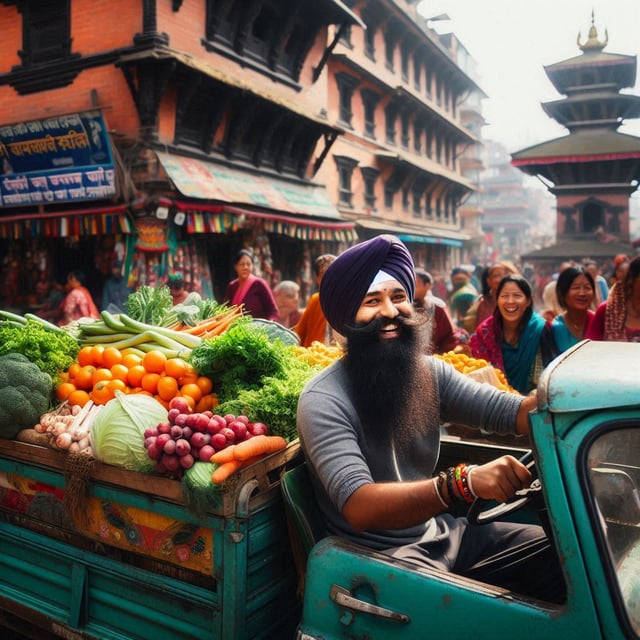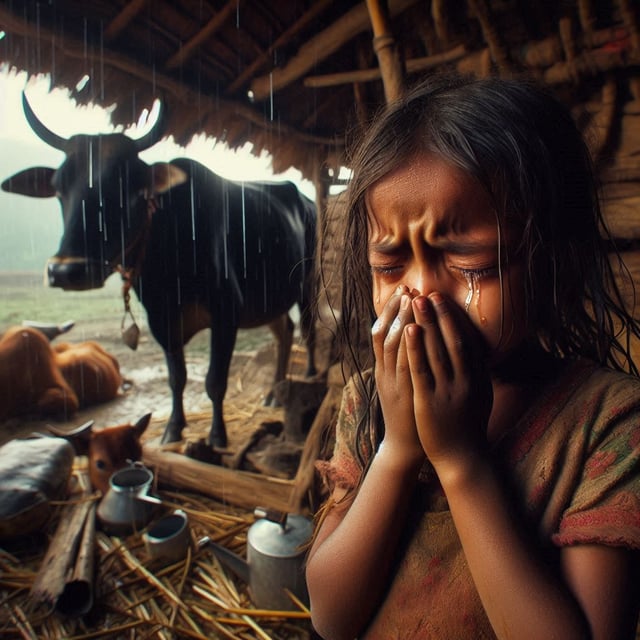Part I: The Palaces of Western Nepal

Rural Western Nepal is home to traditional landscapes making it the perfect place for filming.
Mountainous terrain has generally become home to many small kingdoms and Nepal is no exception. Western Nepal was popular for a collection of various kingdoms; Baise (22 states), Chuabise (24 states), Bahra Magarat (12 Magar states), and Atthara Magarat (18 Magar states).
One of the districts (Nepal is a collection of 77 districts)- Baglung, was renowned for 16 thousand peaks (Sohra Hajar Parbat); every peak claimed to have its kings. Some of the renowned kingdoms among them were Galkot, Bihukot, Sansarkot, Arnikot, and Majhakot were popular.
With each kingdom comes a story, and the stories could easily become a plotline for potential film shoots.
The region was conquered in the 14th century by the Jumla kings when they started expanding east, however, since these regions were highly mountainous, centralized authority was difficult.
The Kings of Karnali and Gandaki regions would go to Delhi India every five years.
In the 16th century, Crown Price Nagabam of Salyana and Musikot went to Delhi and was bestowed the title Malla and became Naga Malla. He won the eastern hills of the Madi River and the region he ruled became known as the Malla kingdom.
One of the kingdoms associated with Malla is Galkot. The Galkot palace is at the top of the hill which ruled over 3000 households.
In the past, the palace was surrounded by 500 huts made from Khar (grass) and the kingdom administrated 3 copper mines, and 1 iron mine; providing annual revenue of Rs.3,500 for the King.
Galkot Palace at present is located in Galkot Municipality-5. After the Shah kings of Nepal dissolved many of the royal titles, these petty rulers remained active in social life while they and their families continued to live in palaces.
The head of Galkot royalty Bharat Bam Malla became a Member of Parliament in 1959, after Bharat Bam Malla the responsibility went to Madhavbam who took the teaching profession.
Madhavbam in 2006 was killed by rebels in the Nepal civil war (1996-2006).
After the Golkot royal family left their ancestral homes the temple was in ruins.
The civil war had a disastrous effect and destroyed many palaces in Nepal. Some have started resurfacing during this peaceful period.
Author
Kripendra Amatya, Researcher, Nepa~laya Productions
Editor
Dana Moyal Kolevzon, Director of International Relations, Nepa~laya Productions
Published Date
January 1, 1970



